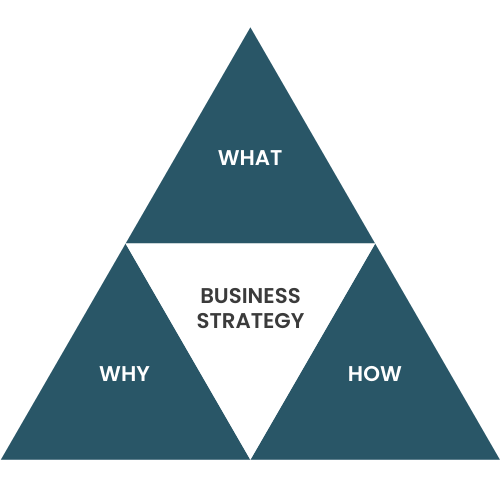Vision Zero Leadership Workshop
Increase engagement and involvement in safety, health, and wellbeing
International studies measuring return on investment in prevention clearly demonstrate that every coin invested in safety, health, and wellbeing delivers positive returns. Improving safety, health, and wellbeing does not have to mean increasing costs. It is essential that management leads the way with attention and consistency to create a culture based on trust, as well as open and honest communication at every level within the organisation.
Implementing the Vision Zero prevention strategy requires active participation from everyone across the organisation. Success is deeply dependent on, and ultimately determined by, the commitment and resolve of both employees and leaders.
Strong leadership is crucial for safety, health, and wellbeing. Leaders at all levels must share a common understanding of – and agreement on – why safety, health, and wellbeing are key to achieving business priorities. This provides clear guidance for the entire organisation and makes it easier for everyone to prioritise safety, health, and wellbeing – even during a busy workday.

Workshop content
As a participant in the workshop, you will be empowered with greater motivation and understanding of your own role in the strategic work with safety, health, and wellbeing. As a leader, you will also strengthen your leadership toolbox with practical methods relating to each of Vision Zero’s 7 Golden Rules.
2 x 4 hours
5-25 leaders
Why
Why is it important that safety, health, and wellbeing are an integral part of the business strategy?
What
What should management do to integrate safety, health, and wellbeing into the business strategy?
How
How can management ensure changes in the leadership style to fully integrate safety, health, and wellbeing into the business strategy?
Take leadership and demonstrate commitment
As a leader, you carry significant responsibility in ensuring that your leadership style supports and incorporates safety, health, and wellbeing in a profitable way – so that it is not seen as a cost to your organisation. This applies to both your words and your actions. You play a vital role in sharing knowledge on safety, health, and wellbeing, and in encouraging a proactive strategy throughout your organisation.
What are the key leadership tasks?
- Act as a role model in safety, health, and wellbeing
- Ensure that sufficient resources (time, competencies, and funding) are prioritised
- Integrate safety, health, and wellbeing considerations into all business activities
- Address challenges and motivate positive behaviours and habits
- Include safety, health, and wellbeing when planning and delegating tasks
- Communicate the purpose of working with safety, health, and wellbeing continuously, and encourage ongoing dialogue
Examples of leadership methods
- Dialogue meetings (either in teams or one-to-one) – proactive goals are defined
- Politics, procedures, instructions, and guidelines related to safety, health, and wellbeing (e.g., stress and harassment prevention) – proactive goals are defined

